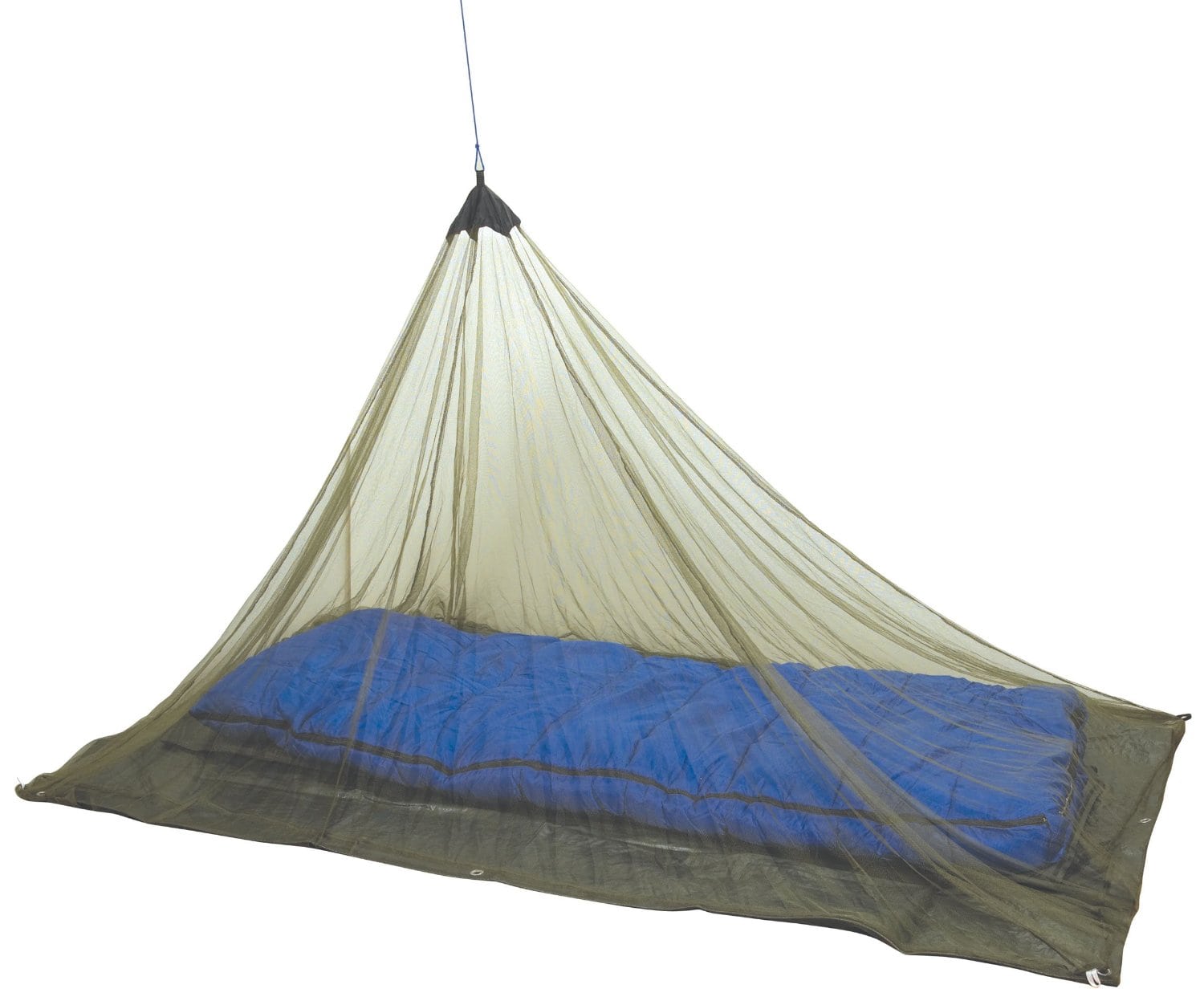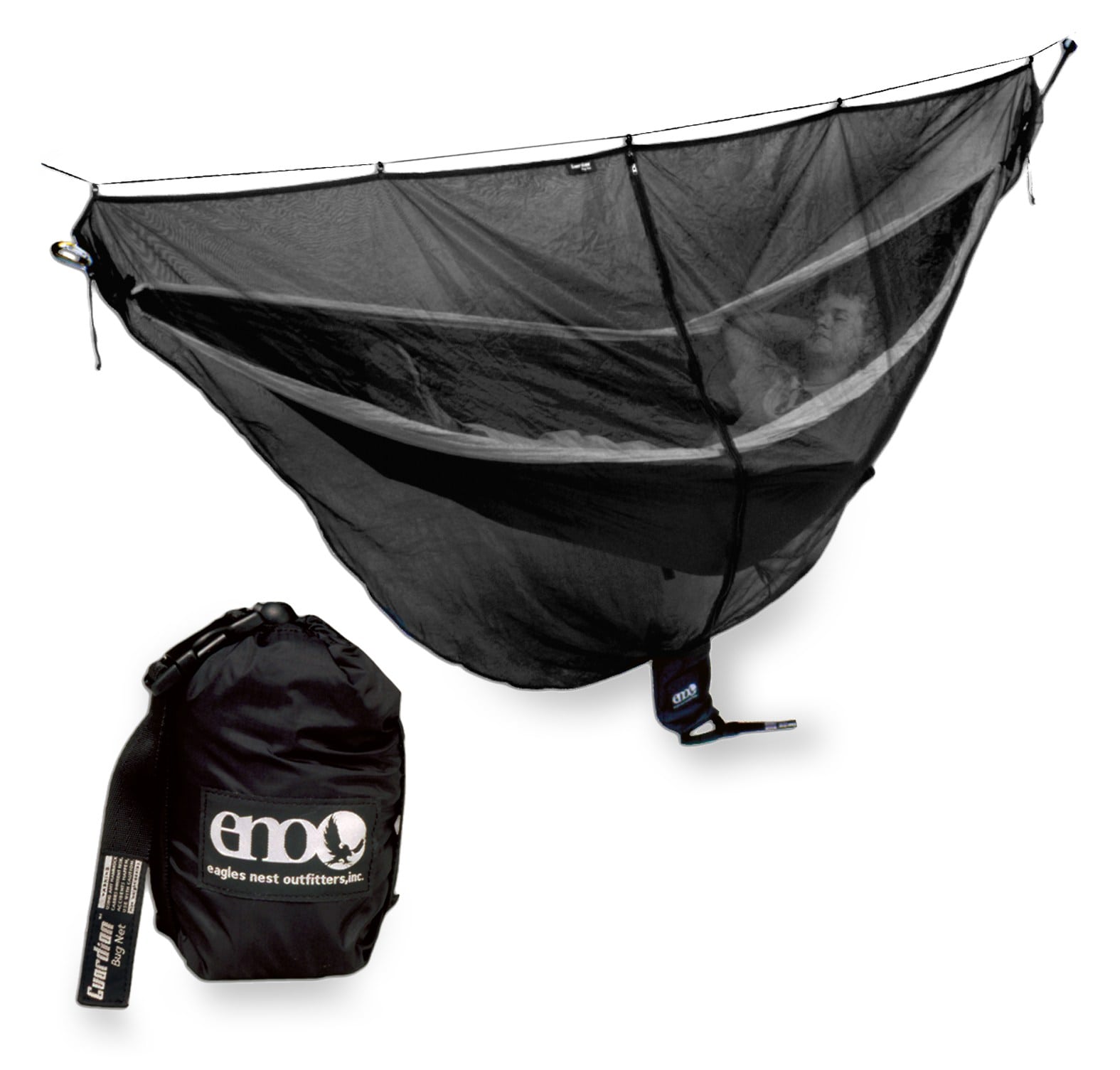Whether you believe in global warming or global cooling, we must acknowledge that there is a trend of weather change occurring. With these weather changes come ecological changes spanning bacteria/viruses, to bugs, to larger mammals. This post will focus on recent changes in mosquitoes and other parasites, the diseases they carry throughout the United States, and how to prepare your bug out bags for them.
A deadly mosquito virus has been reported in eastern Massachusetts, MD health officials monitor mosquito-borne chikungunya virus after Fla. case reported, Mosquito borne virus potentially in KY… News reports like these are becoming much more prevalent nowadays. Whether it’s a new species of mosquito (Asian Tiger Mosquito) migrating north, or different diseases being spread by the existing population (West Nile Virus, Malaria, Chikungunya virus, eastern equine encephalitis virus), it presents a very big challenge for preppers who find themselves in a “bug out” situation. Under normal circumstances, most of these viruses present flu-like symptoms. While these may not be of concern to you now, imagine coming down with those symptoms when you are in a high stress, low nutrient, mobile situation. Coming down with a virus could make or break you.
– Barry Beaty, a professor of virology at Colorado State University
“Mother Nature is conducting an experiment on us, unfortunately.”
Even if you don’t catch one of these viruses, anaphylaxis is a serious concern if you do not have adequate shelter for an overnight stay. Take a look at this scene from Discovery Channel’s Naked and Afraid.
Now, do you have adequate shelter against insects?
Keeping this as simple as possible, we split up insect protection into two categories: physical and chemical.
- Chemical – The easiest (and most common sense) thing for a 72 hour bug out is getting some concentrated deet spray. An alternative is to buy a couple bottles of citronella essential oil. Essential oils are highly concentrated distillations. Since it is so extremely concentrated, you can pack a much longer supply in a couple of very small bottles. There are other essential oils which offer bug protection, but they are sometimes insect specific. What works for one insect might not work for another. Additionally, I’ve found that some natural insect repellents have less efficacy compared to deet. For instance, I used a blended natural mosquito repellent and got completely ate up in my own back yard. Moral of the story…if you decide to use anything other than proven deet, make sure you field test it before a real bug out scenario. If you are in the wilderness and have no chemical insect repellent, one of the most common wild plants you can use to help keep bugs at bay is wild garlic/onion. The strong odor of the plant offers some repellent ability.

- Physical – If you rotate your gear during winter vs. 3 season, make sure you still pack long sleeves and pants during the warm/hot seasons. Using your clothing as a physical shelter segregation is one of the best forms of protection. For overnight stays, a tent is always a good form of protection. However, if you find yourself in an on-foot bug out scenario, tents are typically too heavy to carry (unless you use a bivy). Two alternatives for light weight bug protection are backpacking hammocks with a hammock bug net, or hanging bug nets (cheap alternative).
If you do not have a tent or bug net, the traditional way to keep bugs away when you stay in place is a nice fire, preferably somewhat smokey. And again, I’ll leave you with a last resort physical protection from bugs…Do as the animals do and coat your exposed skin with mud. FYI, depending on where you source your mud, there may be bacteria or other parasites, so use only in extreme circumstances.






